- Cycling is a great form of exercise with many benefits for both men and women, including weight loss, muscle development, and improved mental health. - Cycling targets the lower body muscles, but also tones arms and strengthen core muscles. - Cycling may improve posture and give you sporty look without losing any weight.
There is no doubt that cycling is a great form of exercise. It is one of the best ways to improve your health through a healthier heart, better mental health and weight loss.
But what about the effect of cycling on female and male body shapes? In this blog, we will discuss how cycling affects the lower body, upper body and core muscle development of men and women.
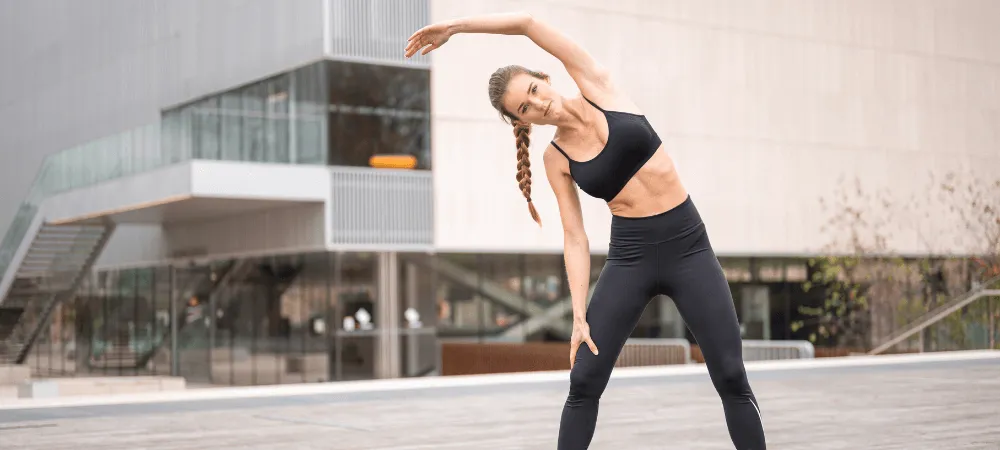
Effect of cycling on body shape – female
The effect of cycling on female body shape is vast and varied. Regular cycling has been found to improve overall strength, stamina, muscle tone, and body composition.
Cycling has been shown to target and tone the lower body muscles, such as the quads, glutes, and calves. Additionally, it helps build core muscles like the abdominals, obliques and spine extensors – all important components for improved posture and balance while riding.
Regarding women’s body shape specifically, regular cycling can help with weight loss goals by helping burn calories more efficiently than other cardio exercises.
Women who cycle regularly tend to slim down faster than those who don’t. Especially when combined with a healthy diet plan and lifestyle modifications such as reducing sugar and processed foods from their diets.
Cycling also strengthens abdominal muscles that are often neglected in traditional gym workouts. This leads to better posture for women, which helps them look better without losing weight.
Lastly, cycling activates smaller muscle groups in arms and legs which can improve body symmetry — helping to create a leaner-looking figure regardless of age or body type.
In addition to its physical benefits for our bodies, regular cycling has also been found to have mental health benefits! Studies have shown that cycling reduces stress levels while increasing energy levels and boosts endorphins, known as mood boosters!
When conscious effort is taken in physical and mental health, this combination effectively creates longer-lasting results on our bodies.
Cycling is an excellent way for women to improve their body shape and general well-being. Not only does it help us lose weight more effectively than other forms of exercise. But also tones the lower body while strengthening core muscles for improved posture.
Plus, with its low-impact nature on joints and its potential mental health benefits, cycling offers many advantages compared with other types of exercise.
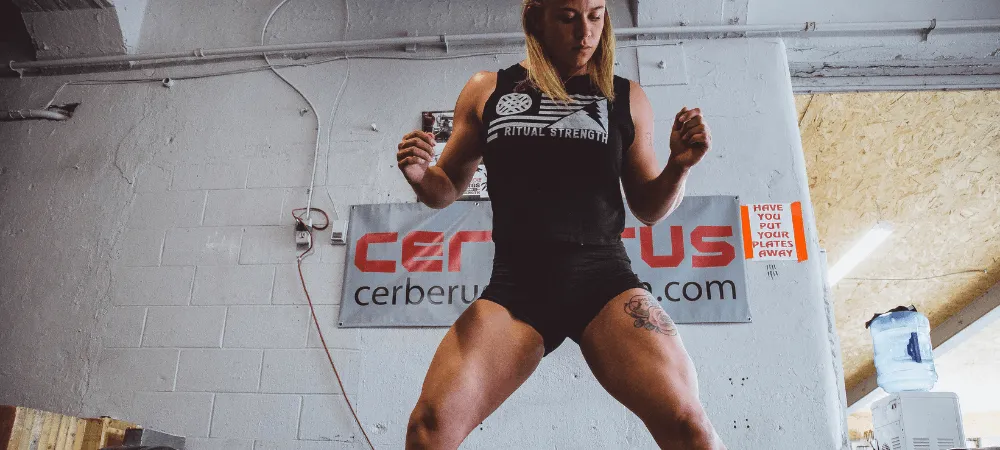
Lower body muscle development
Cycling is a great way to develop your lower body muscles. When you cycle, your legs are the primary muscles to generate power and push the bike forward. Your quads, hamstrings, calves, glutes and even core are engaged as you pedal.
The cycling motion works these muscles in multiple directions, such as extending and flexing at different angles. This helps increase strength, improve coordination and balance, as well as increase muscle toning.
The quads are especially important for cycling and are made up of four major muscles.
- The rectus femoris is responsible for knee extension
- The vastus medialis and lateralis help provide stability through hip flexion.
- The vastus intermedius helps to produce force during knee extension.
Cycling also helps develop your hamstrings – a group of three muscles on the posterior side of your thigh. These muscles help stabilize your hip joint while allowing a full range of motion during pedaling.
Your calves – inner calf muscles and outer calf muscles — are also actively working while cycling to provide stability throughout each pedal stroke.
Your glutes play an important role in proper posture when riding a bicycle.
They work together with the quadriceps to extend or straighten out the leg while it’s on its upward movement during pedaling — helping you stay balanced throughout each stroke. And lastly, cycling also engages your core or abdominal area by helping to support proper posture when riding a bike.
Cycling is an excellent form of exercise that can build lower body muscle strength, improve coordination and balance, and reduce stress levels due to its low-impact nature compared to other forms of exercise like running or weight lifting.
Plus, it’s great for burning calories too! With consistent training sessions (outdoors or indoors), you’ll see noticeable muscle strength and body shape changes within weeks.
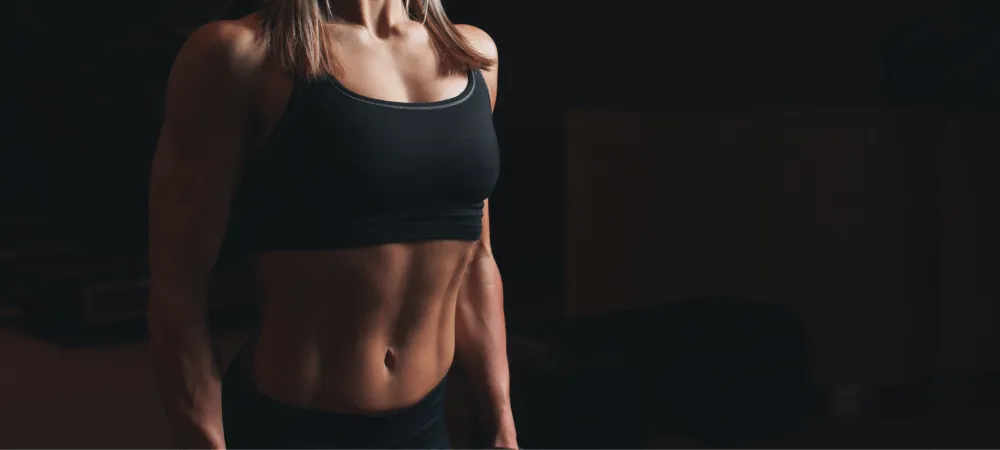
Core muscle development
Core muscles are an essential part of cycling and help to support proper posture while riding a bike.
Core muscles include the abdominals, lower back, lats (latissimus dorsi), and obliques. These muscles are important for maintaining balance and helping to stabilize our body during pedaling.
The abdominals are the most important core muscle group for cycling, providing stability and power throughout each pedal stroke.
The abdominals consist of three main muscles: the rectus abdominis, the external oblique, and the internal oblique.
The rectus abdominis helps keep your torso upright by flexing your lower spine forward while pedaling.
The external oblique stabilizes your trunk or mid-section when you lean into turns or go over uneven terrain.
Finally, the internal obliques function as a compression band that wraps around your trunk as you pedal to maintain stability and reduce fatigue during exercise.
The lower back is another important core muscle group used during cycling as it helps to maintain proper posture while pedaling.
This muscle group consists primarily of two muscles: the erector spine, which works with the quadriceps to extend (straighten) the leg; and the multifidus, which helps to stabilize our torso when we lean into turns or go over bumpy surfaces.
Training these muscles can help improve posture and reduce strain on our lower back, enabling us to ride more efficiently for longer periods without pain or discomfort.
Our lats (latissimus dorsi) comprise two large triangular-shaped muscles on either side of our spine that help us pull ourselves up when climbing hills or leaning into turns while riding a bike.
These muscles also work together with our glutes (buttock muscles) to extend (straighten) our legs during each pedal stroke to generate power while riding rugged terrain or pulling out of tight corners at high speeds.
Finally, our obliques are located on either side of our abdomen and act as stabilizers throughout each pedal stroke, helping us move from side to side while keeping our torso upright — preventing any injury or discomfort caused by excessive twisting during pedaling motions. Strengthening these key core muscle groups will help us increase overall performance levels, improve body balance/coordination, and reduce fatigue so we can ride for longer distances without tiring out quickly!
Tone your arms and upper body
Upper body muscles can also be developed and toned through cycling. The most commonly used upper body muscles during cycling are the shoulders (deltoids), chest (pectorals), biceps and triceps.
The deltoids are on the shoulders and help pull the arms up and back when steering or shifting gears. The pectorals assist in keeping our torso upright during each pedal stroke.
Biceps also help steer our bikes as they contract when turning the handlebars. Triceps help to stabilize our arms and shoulders when pushing forward on the pedals.
Additionally, maintaining proper posture is key for good arm toning results — sit up tall with your back straight and shoulders back.
Cycling is an excellent way to improve cardiovascular health, develop lower body strength, coordinate balance/stability, and reduce stress levels — all while building muscle tone throughout much of your body!
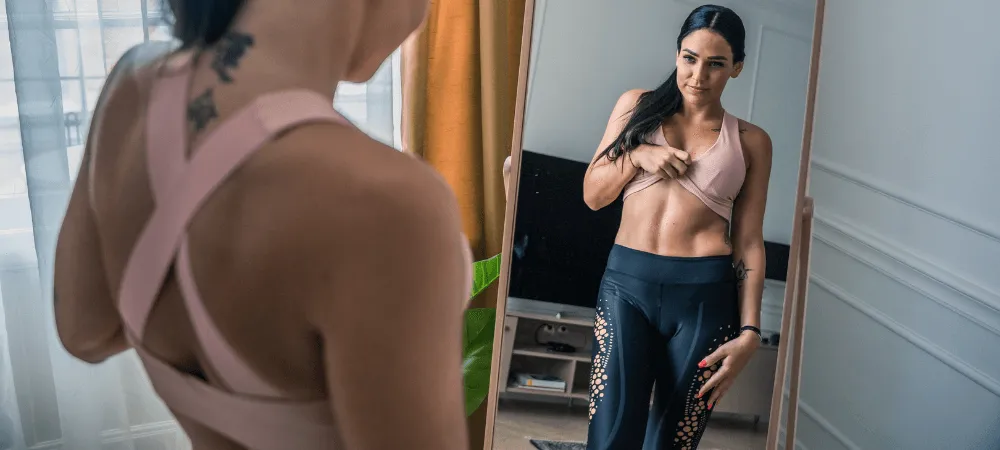
Calorie burn and weight loss
Cycling is a great way to burn calories and lose weight. Research indicates that a 20-minute bike ride can help burn between 200–300 calories, depending on the ride’s intensity.
Cycling also increases metabolic rates, allowing your body to continue burning calories even after your ride.
In fact, studies suggest that cycling at a cool pace for 30 minutes can burn up to 9.4 calories per minute for people who weigh 155 pounds and about 11.4 calories per minute for people who weigh 185 pounds.
Additionally, cycling has been proven to help reduce visceral fat — the type of fat that accumulates around internal organs and leads to higher cholesterol levels and blood pressure.
As such, to achieve significant weight loss results from cycling, riders must maintain a consistent routine over time and combine their training with a healthy diet plan and lifestyle modifications.
It should also be noted that riding outside can provide more intense workouts than cycling indoors due to differences in terrain, wind resistance and elevation changes.
Meanwhile, indoor cycling still offers great calorie-burning benefits as riders are able to increase power output or choose harder training modes that can imitate hills.
Low impact on joints
Cycling is a great exercise with a low impact on the joints. Unlike running and other high-impact activities, cycling offers a low-impact workout that helps avoid pain and injury while providing quality cardiovascular exercise. This makes it ideal for older adults and those prone to joint pain or discomfort.
The key advantage of cycling over running is that when you ride, your feet never leave the pedals. It means that there are no hard impacts between the legs and the ground, and the chance of muscle strain is greatly reduced in comparison to running.
Additionally, because you are seated throughout each pedal stroke, cycling places less stress on your ankles, knees, hips and spine — all of which can take a beating from long runs or strenuous workouts.
In conclusion, cycling is an excellent way to get fit while avoiding excessive joint pressure. With proper technique and maintenance on the bike, riders can enjoy many years of safe riding without worrying about joint pain or injury. Cycling is also an effective way to improve strength in core muscles and improve overall balance.

Effect of cycling on body shape – male
The effect of cycling on male body shape is just as great as it is on female body shape.
Regular cycling has been found to improve strength, stamina, muscle tone and body composition for men. In particular, it has been shown to target the lower body muscles such as the quads, hamstrings, glutes and calves – making them stronger and more toned.
Many men want to get rid of their skinny legs and cycling shorter distances with more force will add definitely a good mass to the leg muscles. Look at the track cyclists legs!
Additionally, regular cycling helps build core muscles like the abdominals and obliques – necessary components for improved posture while riding.
When it comes to men’s body shape specifically, regular cycling can help with weight loss goals by burning calories more efficiently than other forms of cardio exercises. Same as for women, men who cycle lose their body weight faster than those who don’t.
Plus, cycling activates small muscle groups in arms and legs, which can improve overall body symmetry, resulting in a leaner-looking physique regardless of age or body type.
Cycling also benefits mental health. Same as for women, cycling help reduces stress levels and boosts overall mood.
Cycling is an excellent way for men of any age to improve their physique and overall health.
Does cycling improve body shape?
Yes, cycling does improve body shape. It has many physical and mental health benefits that contribute to this. Additionally, cycling is a low-impact exercise ideal for people of all ages and abilities.
Cycling is an excellent way to get in shape and improve your body composition. It can help you burn calories more efficiently than other cardio exercises and tone your lower body while strengthening core muscles for improved posture.
Plus, with its low-impact nature on joints and its potential mental health benefits, cycling offers many advantages compared with other types of exercise!
Cycling can even help increase lean muscle mass due to the high-intensity intervals used during rides – giving you that sporty look without lifting heavy weights.
Combined with a healthy diet plan and lifestyle modifications such as reducing sugar and processed foods, cycling will help you achieve your fitness goals faster than ever!
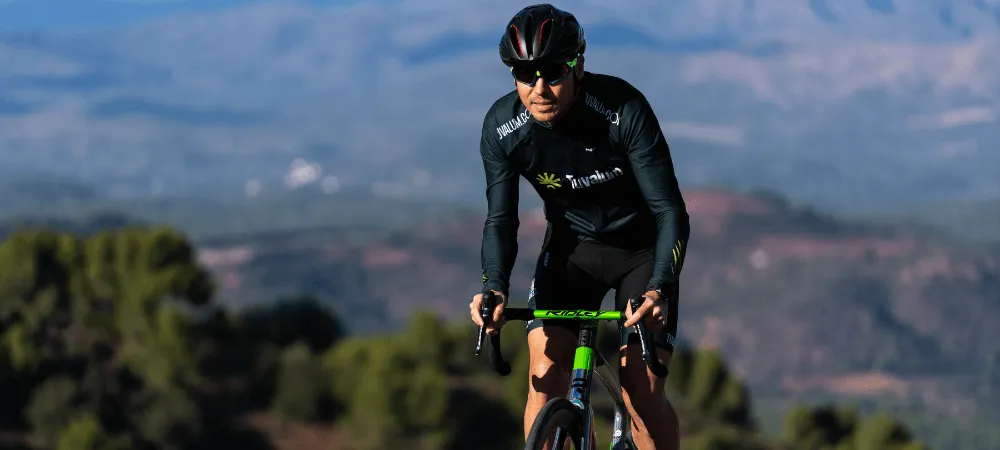
Conclusion
Though the benefits of cycling are many, we wanted to focus on the effect of cycling on body shape for men and women.
Cycling has many similar effects on body shapes for males and females. For example, both genders’ natural body shapes will get toned as cycling improves overall muscle strength and helps lose body fat. Moreover, cycling helps against muscle imbalances, so it will improve overall posture, which will contribute to a healthier and sporty look.
No matter your gender or age, cycling is one of the best exercises as it is joint-friendly, burns away belly fat, improves muscle tone and improves both mental and cardiovascular fitness. Cycling body transformation is possible!

